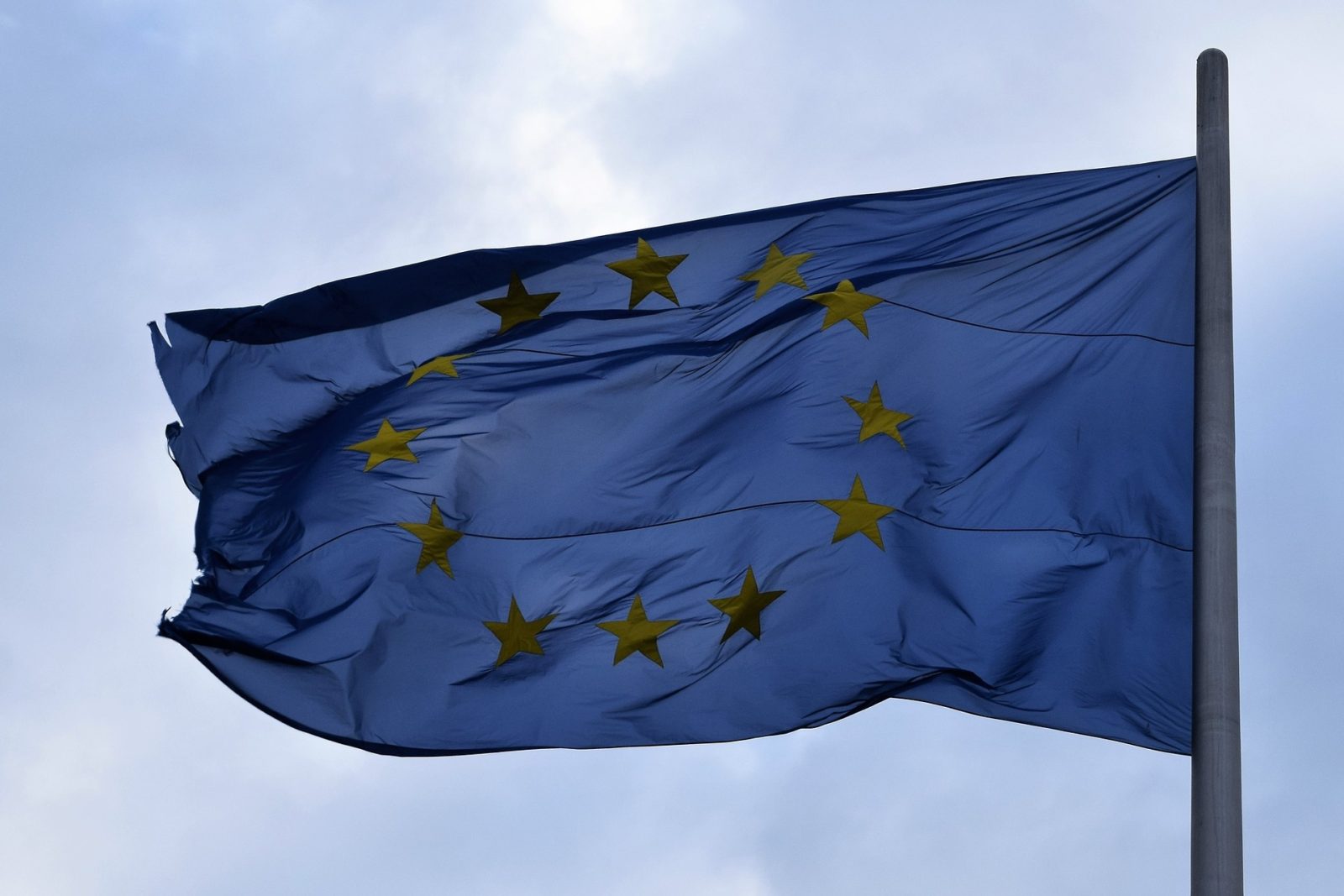Judicial and political bodies of the European Union
Publié le 14/07/2017 par
Etienne Wery
- 0 vues
1. EU political authorities
The EU is really something unique. Half-way between a federation (such as Switzerland), a union (like the USA) or a federal country (Germany for example), it looks like nothing else. One can see this as a weakness or just as a sign showing that is quite new and constantly transforming itself.
The head of the EU from a political point of view is the European Council. It sets the EU’s overall political direction – but has no powers to pass laws. Led by its President and comprising national heads of state or government and the President of the Commission, it meets for a few days at a time at least every 6 months.
The law making process is shared between 3 main institutions:
- The European Parliament, which represents the EU’s citizens and is directly elected by them;
- The Council of the European Union, which represents the governments of the individual member countries. The Presidency of the Council is shared by the member states on a rotating basis.
- The European Commission, which represents the interests of the Union as a whole.
Two other institutions play vital roles:
- The Court of Justice of the EU upholds the rule of European law;
- The Court of Auditors checks the financing of the EU’s activities.
2. Law making process
There is often some tension between the European Council and the Council (see above) on the one side, and the EU Parliament and the Commission on the other side. The two first are seen as states-centric bodies whose purpose is mainly to make sure that national interests of each member states are preserved, while the two last are EU-centric and promote common interest.
As a result, the EU’s standard decision-making procedure is known as “codecision”. This means that the directly elected European Parliament has to approve EU legislation together with the Council (the governments of the 28 EU countries).
Please see the chapter on “EU and national norms” for more details on the law making process.
3. Judicial system
Both the EU and each member state have their own judicial system.
However, there is a link between the two since national courts may enforce a national law only if it is compliant with the EU regulation. In case of doubt, there is a system permitting a national judge to suspend a trial and ask the EU Court of Justice whether the national law is indeed compliant (see “important milestones of a trial” for details).
4. The Court of Justice of the European Union
The Court of Justice interprets EU law to make sure it is applied in the same way in all EU countries. It also settles legal disputes between EU governments and EU institutions. Individuals, companies or organizations can also bring cases before the Court if they feel their rights have been infringed by an EU institution.
The Court of Justice has one judge per EU country.
The Court is helped by nine ‘advocates-general’ whose job is to present opinions on the cases brought before the Court. They must do so publicly and impartially.
a) Requests for a preliminary ruling
Such request happens when national courts ask the Court of Justice to interpret a point of EU law.
The national courts in each EU country are responsible for ensuring that EU law is properly applied in that country. But there is a risk that courts in different countries might interpret EU law in different ways.
To prevent this happening, there is a ‘preliminary ruling procedure’. If a national court is in doubt about the interpretation or validity of an EU law, it may – and sometimes must – ask the Court of Justice for advice. This advice is called a ‘preliminary ruling’. It is by far the most common type of procedure in relation to the business sector (along with direct actions).
b) Actions for failure to fulfil an obligation
Such action is brought against EU governments for not applying EU law. The Commission can start these proceedings if it believes that a member country is failing to fulfil its obligations under EU law. These proceedings may also be started by another EU country.
In either case, the Court investigates the allegations and gives its judgment. If the country is found to be at fault, it must put things right at once. If the Court finds that the country has not followed its ruling, it can issue a fine.
c) Actions for annulment
Such action is started against EU laws thought to violate the EU treaties or fundamental rights.
If any EU country, the Council, the Commission or (under certain conditions) Parliament believes that a particular EU law is illegal, it may ask the Court to annul it. Actions for annulment can also be used by private individuals who want the Court to cancel a particular law because it directly and adversely affects them as individuals.
If the Court finds the law in question was not correctly adopted or is not correctly based on the Treaties, it may declare the law null and void.
d) Actions for failure to act
Such action is brought against EU institutions for failing to make decisions required of them.
The Treaty requires Parliament, the Council and the Commission to make certain decisions under certain circumstances. If they fail to do so, member countries, other Community institutions and (under certain conditions) individuals or companies can lodge a complaint with the Court so as to have this failure to act officially recorded.
e) Direct actions
Direct actions are brought by individuals, companies or organisations against EU decisions or actions. Any person or company who has suffered damage as a result of the action or inaction of the Community or its staff can bring an action seeking compensation before the General Court.
This is very common when a fine is applied against one or many companies in relation with competition law.
f) How cases are heard
A judge and advocate general are assigned to each case. Cases are processed through two stages:
- Written stage. First, all the parties involved hand in a written statement to the judge responsible for the case. The judge then writes a summary of these statements and the case’s legal background.
- Oral stage. This is the second stage and can take place in front of a panel of 3, 5 or 13 judges or before the whole court depending in the complexity of the case. The advocate general gives his or her opinion. The opinion of the advocate general is not binding for the Court (however, it is followed in most cases).
The Court judgments are majority decisions and are read out at public hearings. Hearings are frequently televised.

